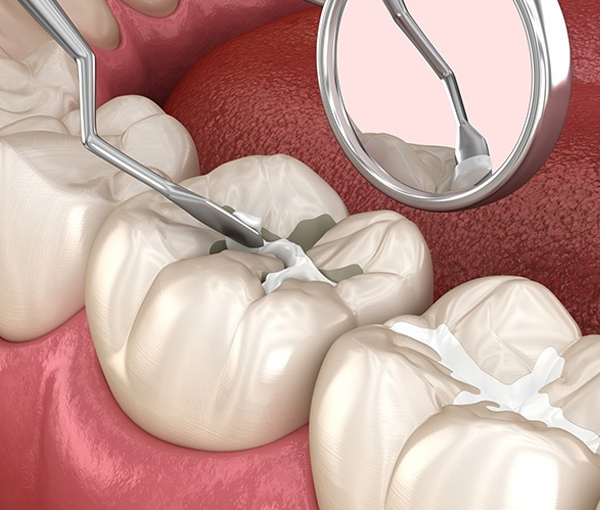$99 New Patient Special - Includes Exam and X-Rays.
Dental Sealants
in Kyle, Buda, San Marcos
Sealants have demonstrated a remarkable ability to reduce the risk of decay by nearly 80% in molars. This is particularly crucial for the dental health of children. In October 2016, the Centers for Disease Control issued a report underscoring the significance of sealants for school-aged children, with only 43% of children aged 6-11 having them. According to the CDC, "school-age children without sealants have almost three times more cavities than children with sealants." This highlights the substantial impact that sealants can have on preventing cavities and maintaining oral health in young individuals.
You might have various questions about sealants, and we have answers for you below. Keep reading to gain a deeper understanding of how sealants work to prevent tooth decay.

What is the mechanism behind the functioning of sealants?
Who is eligible for sealants?
How are sealants typically applied?




